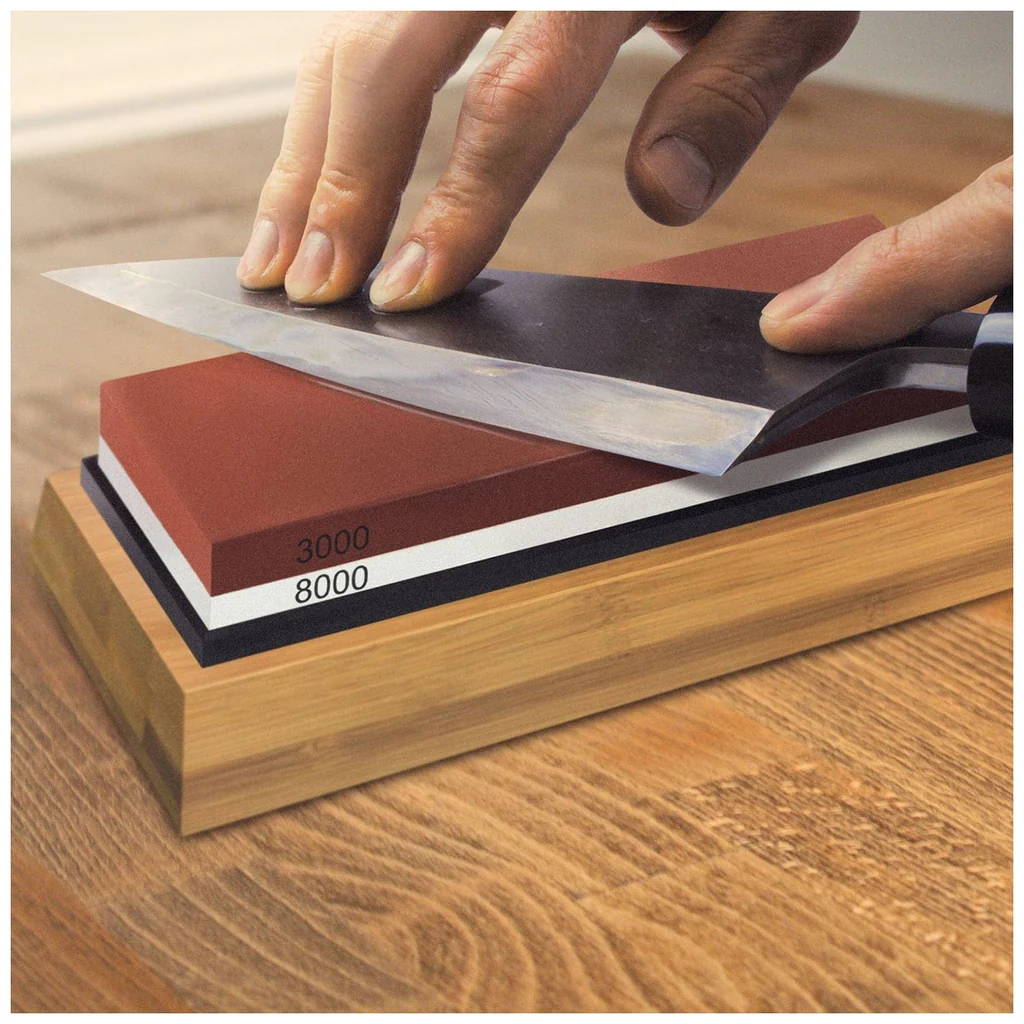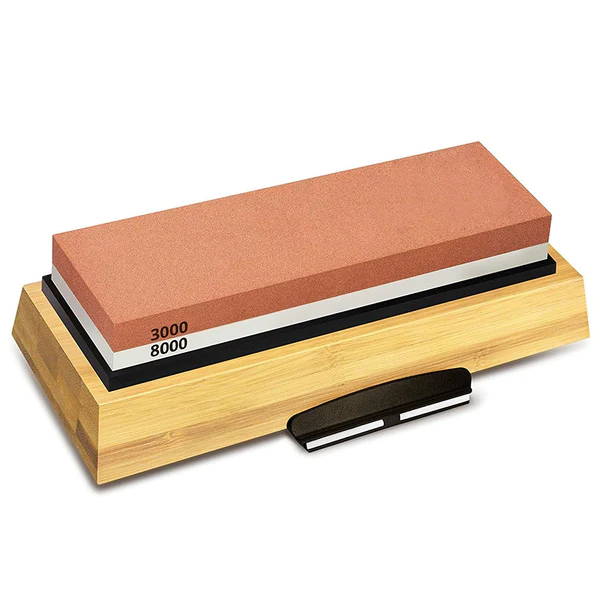What Are Whetstones And
Which Whetstones Are Best For Japanese Knives

Choosing the Right Whetstone

Natural vs. Synthetic Whetstones
Grit Variations
- Rough stones (200-700) repair damaged knives.
- Medium stones (800-2000) for general sharpening.
- Fine stones (3000-8000+) focus on finishing and polishing.
- Higher grits contribute to aesthetics, not necessarily sharper knives.
Selecting The Best Whetstones For Japanese Knives
Arato Stones (Rough Grit Stone):
Grit Levels and Types
Application in Culinary Arts
Nakato Stones (Medium Grit Stone):
Usage and Application
Grit Levels
Shiagato (Fine Grit Stone):
Grain Structure
Modern Application
Whetstone Sharpening Technique
- Submerge the stone in water for 5 minutes to lubricate and aid in swarf removal.
- Use a non-slip base for quality stones, like the silicone base for a Priority Chef set (coarser side up).
- Determine the sharpening angle, marking the blade with a Sharpie for guidance.
- Let the knife's weight do the work; avoid applying undue pressure to prevent uneven sharpening and potential damage.
- Perform 12-15 trailing and leading strokes on each side, maintaining the correct angle.
- Begin with a lower grit whetstone and progress to higher grits to first address dullness and then refine the blade's sharpness.
- Hone with the fine grit side, feeling a slight burr, and then proceed to strop for an ultra-fine polish.
- Wipe the blade with a cloth to remove the swarf, completing the sharpening process.





Leave a comment
This site is protected by hCaptcha and the hCaptcha Privacy Policy and Terms of Service apply.